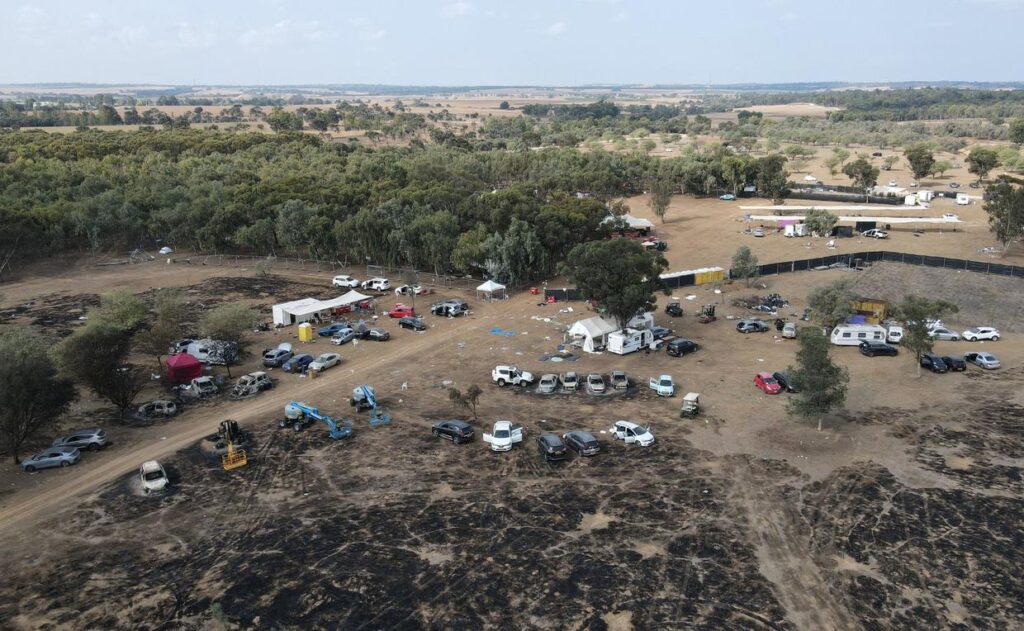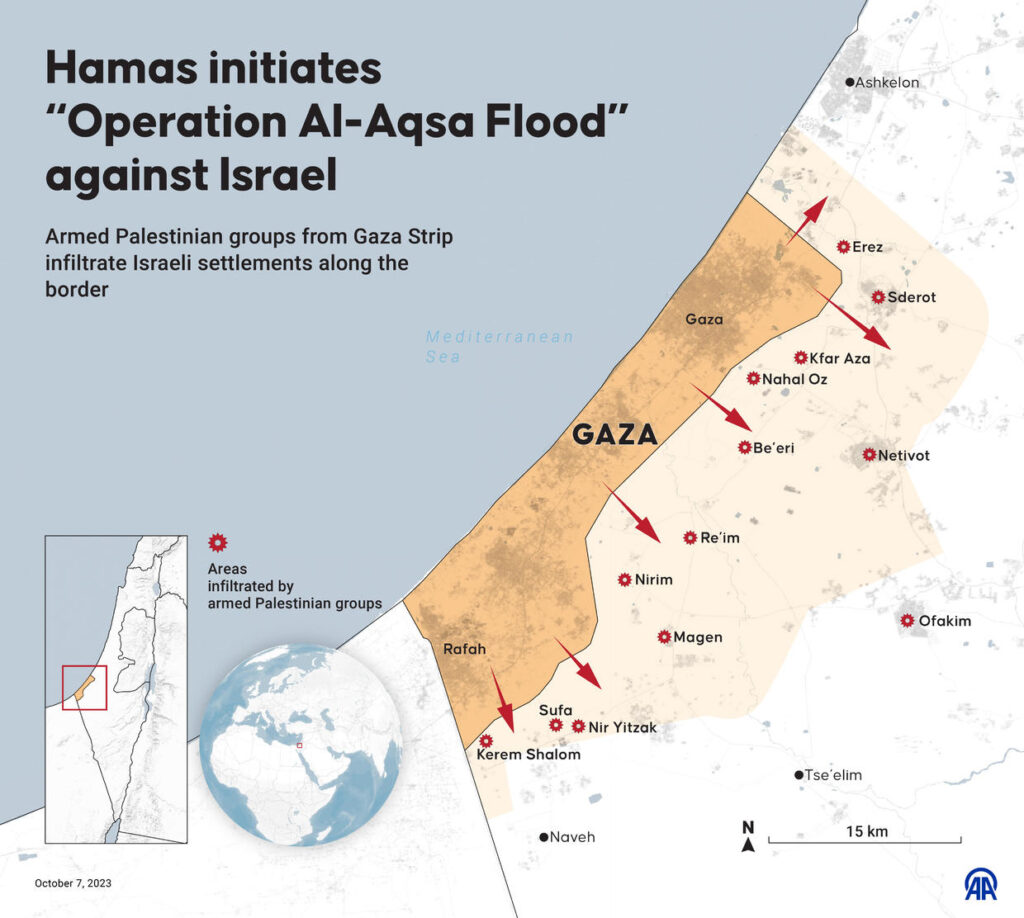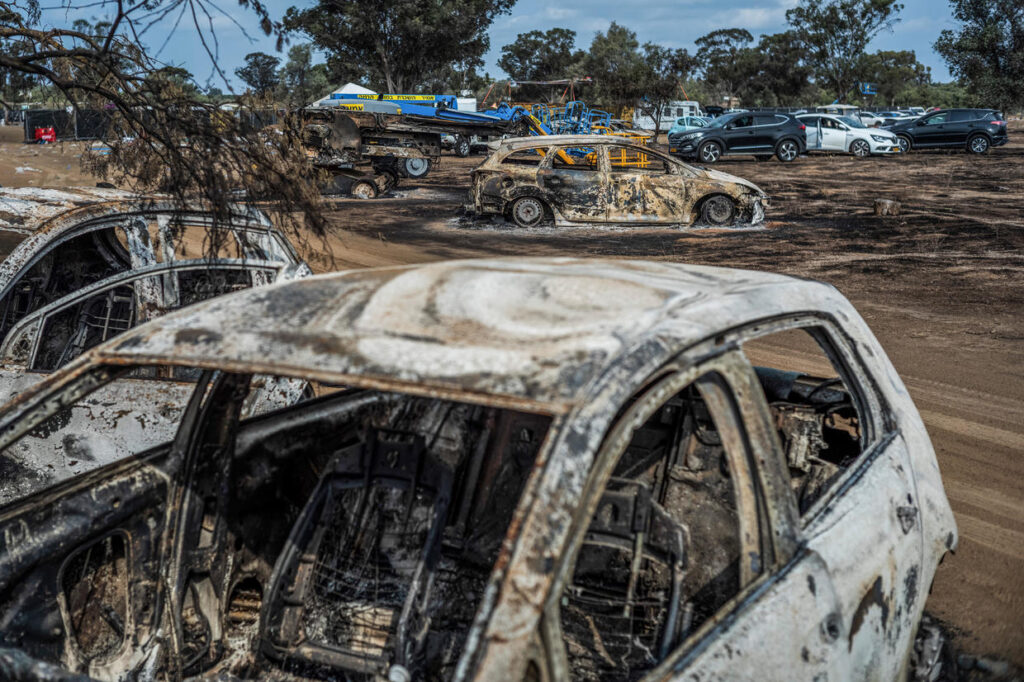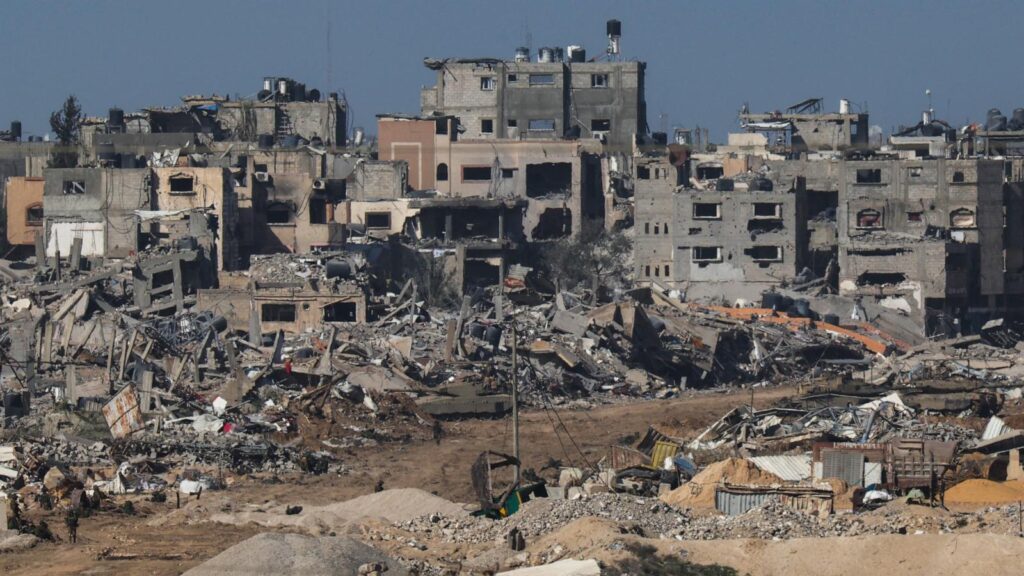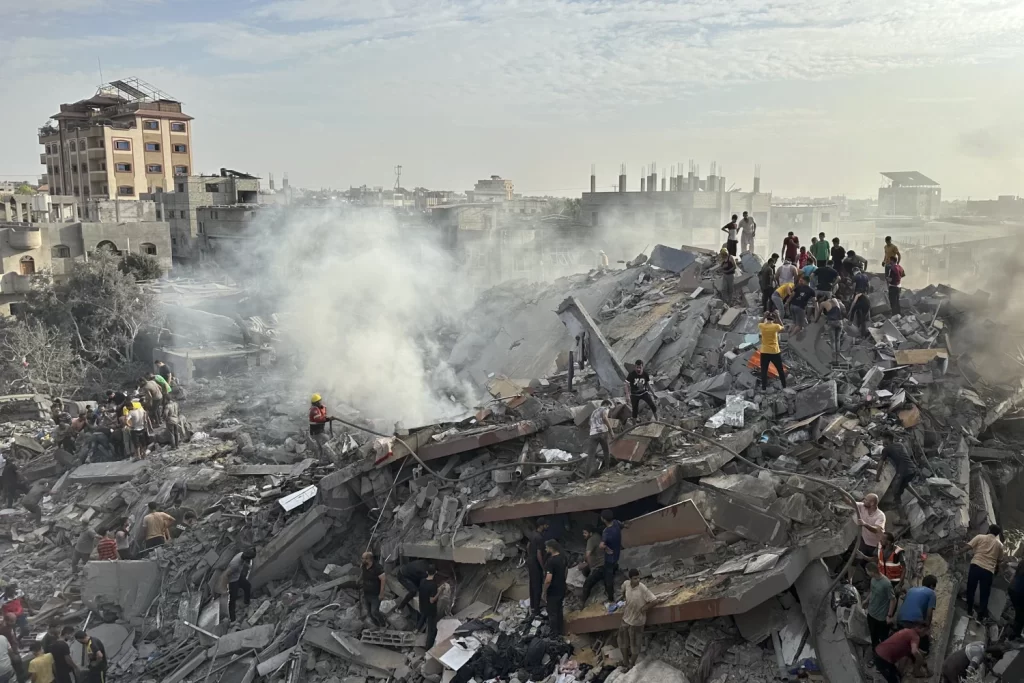On October 7th, 2023, Israel invaded the Gaza Strip, a territory of Palestine which is home to many Arab, non-Jewish people. Since then, more than 35,000 Palestinians have been killed, the majority of them women and children (Presse, AFP, 2024). As a result, widespread protests on college campuses across the United States and abroad have emerged. Today, many of these protestors are against what they consider genocide in the Gaza Strip, but for a number of reasons- including what history has proved time and time again to be true, colleges have been forced to adopt policies either limiting or shutting down these demonstrator’s protests on school property.
At Columbia University, 230 protestors were arrested. Similarly, at the City College of New York, over 150 protestors were detained. The University of Southern California had to cancel graduation ceremonies amid protests, which the university’s administration called a safety concern. All in all, by late April 2024, almost 1600 protestors had been arrested at just about 30 colleges (Haque, 2024). Police officers assigned to break up the protests have used tactics such as physical force and mass arrests (Bogel-burroughs, Blinder, and Bohra 2024).
Arrests on Different College Campuses as of Late April. (Haque, 2024)
How do protestors come into conflict with university administration? While the administration of these universities’ may believe in the importance of freedom of speech on college campuses, they also have good reason to worry that protests may be disruptive to the learning environment. At Columbia, protestors occupied Hamilton Hall, trapping many employees inside the building and making it unusable (Otterman 2024). Administrators may worry that similar events will transpire at their university.
The situation is tense, and controversial, but it is by no means new. These recent demonstrations on college campuses across the United States harken back to a very similar set of political demonstrations on college campuses during the 1960s. While college administrations and protest leaders were unprepared for the conflict that took place between universities, their students, their staff, and their faculty, today, we can look to the past to try to learn what paths these groups can take to try to balance focus on academics with student involvement in political activism in the most harmonious way.
As Kellie C. Sorey and Dennis Gregory note, while student unrest in American college campuses dates back to the early 1800s, the first large, riveting, nationally-coordinated set of college campuses protests were in the 1960s, following the invention of the television. Furthermore, prior to 1960, the International Student Conference lifted its ban on any debate or demonstration related to non-campus issues. Therefore, in the 1960s, student coordinators and college administrators then both had to deal with a novel, complicated, and shaky situation unlike anything that had been seen in the decades before. Within the decade, protests, which were typically related to the Civil Rights movement, the Vietnam War, or nuclear testing, turned from mostly non-violent and cooperative to disruptive and often violent by the middle of the decade. (Sorey and Gregory 2010)
University administrators alongside local and state police typically reacted to this disruption with acts of force. They gassed and beat students, released attack dogs on them, and threw ammonia and burning cigarettes on demonstrators in an attempt to discourage protest. Some public groups spoke out in support of these protests, which in turn increased hostility within the general American community. Additionally, acts of violence perpetrated by police against civilians often encouraged even moderate protestors to join in on the violence (Sorey and Gregory 2010). This suggests a very important lesson. Violence and acts of force should only be used with great restraint. The alternative may be that violence is used without restraint, preventing an academic or political conversation from occurring. Since it is the goal of the university and the protestors to foster dialogue and communication around key political issues, violence done by either group runs the risk of undermining their interest. It is necessary that neither party engage in violence, because as history has shown, one party committing acts of violence against another will result in retaliation.
Kent State Shooting. (Kent State Shooting)
The May 4th, 1970 shooting at Kent State University is a good example of this. In this tragedy, the National Guard of the state of Ohio shot and killed four students at Kent State University. It’s possible but unclear whether they were acting out of self-defense (Lewis and Hensley). While we can’t blame others for what may have been a lapse in judgment by the national guard, if the protestors hadn’t been using force during the protest, or if Americans didn’t expect protests to turn violent quickly, it’s possible the National Guard would not have been called in. The issue would’ve been avoided.
For this reason, we can learn from the past that any kind of violence encourages escalation. Protest organizers and administrations should try and keep protests as peaceful as possible.
An in-depth source analysis can be found here: Guide for Deeper Learning and Source Analysis: How Protests Are Handled on U.S. College Campuses.
Bibliography
Bogel-burroughs, Nicholas, Alan Blinder, and Neelam Bohra. “‘Decisions under Fire’: Campuses Try a Mix of Tactics as Protests Grow.” The New York Times, April 27, 2024. https://www.nytimes.com/2024/04/27/us/college-protests-police-response.html.
Haque, Jennah. “Students Pitched Tents For Gaza On at Least 100 US College Campuses.” Bloomberg.com, April 26, 2024. https://www.bloomberg.com/graphics/2024-college-pro-palestine-protests-map/.
Kent State Shooting. n.d. Britannica . https://cdn.britannica.com/13/194513-050-20E302E4/Ohio-National-Guardsmen-Commons-Kent-Taylor-Hall-May-4-1970.jpg.
Lewis, Jerry M, and Thomas R Hensley. “The May 4 Shootings at Kent State University: The Search for Historical Accuracy.” Kent State University. Accessed May 17, 2024. https://www.kent.edu/may-4-historical-accuracy.
Otterman, Sharon. “An inside Look at the Student Takeover of Columbia’s Hamilton Hall.” The New York Times, May 8, 2024. https://www.nytimes.com/2024/05/08/nyregion/columbia-hamilton-hall-protests.html.
Presse, AFP – Agence France. “Health Ministry in Hamas-Run Gaza Says War Death Toll at 35,303.” Barron’s, May 17, 2024. https://www.barrons.com/news/health-ministry-in-hamas-run-gaza-says-war-death-toll-at-35-303-eaa5abf6.
Sorey, Kellie C. “Protests in the Sixties.” Educational Foundations & Leadership Faculty Publications, 2010. https://digitalcommons.odu.edu/cgi/viewcontent.cgi?article=1042&context=efl_fac_pubs.

